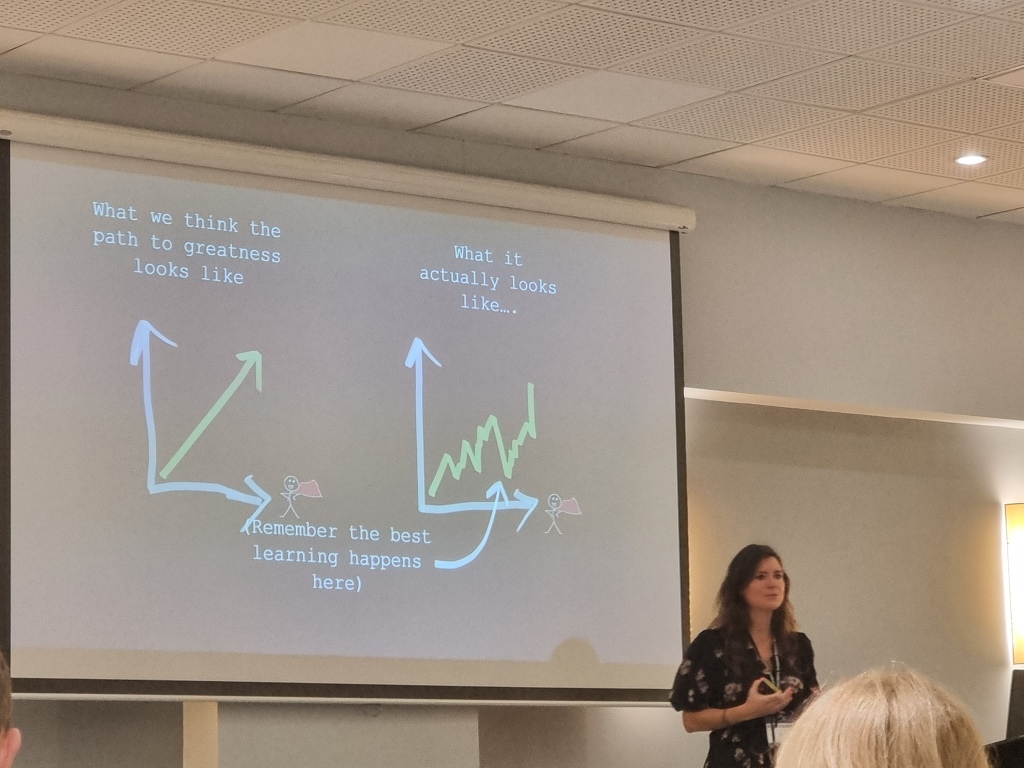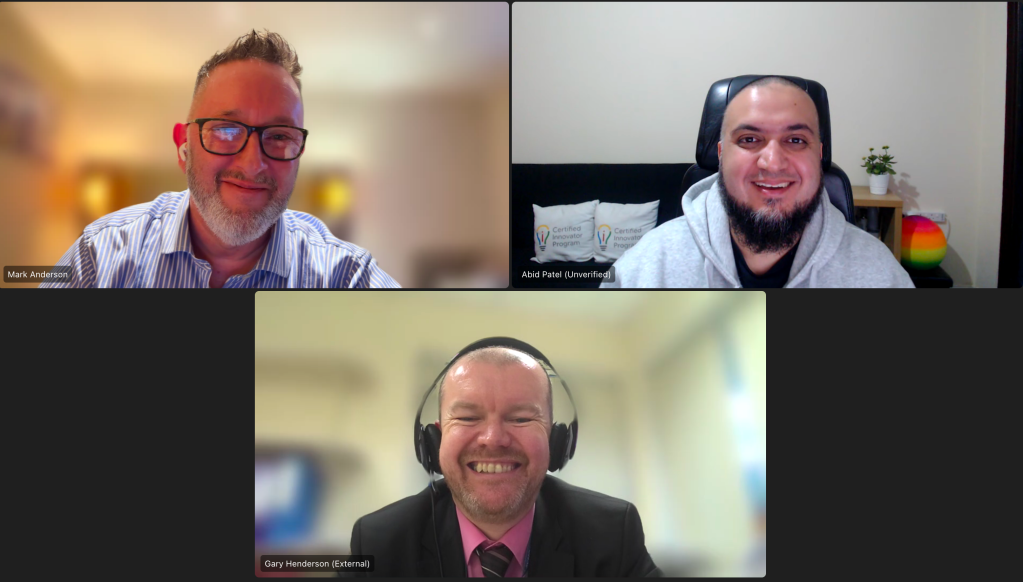
I recently saw a webinar being advertised with “Is GenAI dangerous” as the title. An attention-grabber headline however I don’t think the question is particularly fair. Is a hammer dangerous? In the hands of a criminal, I would say it is, plus also in the hands of an amateur DIY’er it might also be dangerous, to the person wielding it but also to others through the things the amateur might build or install. Are humans dangerous, or is air dangerous? Again, with questions quite so broad the answer will almost always be “yes” but qualified with “in certain circumstances or in the hands of certain people”. This got me wondering about the dangers of generative AI and some hopefully better questions we might seek to ask in relation to generative AI use in schools.
Bias
The danger of bias in generative AI solutions is clearly documented, and I have evidenced it myself in simple demonstrations, however, we have also more recently seen the challenges in relation to where companies might seek to manage bias, where this results in equally unwanted outputs. Maybe we need to accept bias in AI in much the same way that we accept some level of unconscious bias in human beings. If this is the case then I think the questions we need to ask ourselves are:
- How do we build awareness of bias both in AI and in human decision-making and creation?
- How do we seek to address bias? And in generative AI solutions, I think the key here is simply prompt engineering and avoiding broad or vague prompts, in favour of more specific and detailed prompts.
Inaccuracy
I don’t like the term “hallucinations”, which is the commonly used term where AI solutions return incorrect information, preferring to call it an error or inaccuracy. And we know that humans are prone to mistakes, so this is yet another similarity between humans and AI solutions. Again, if we accept that there will also be some errors in AI-based outputs, we find ourselves asking what I feel are better questions, such as:
- How do we build awareness of possible errors in AI content
- How do we build the necessary critical thinking and problem-solving skills to ensure students and teachers can question and check content being provided by AI solutions?
Plagiarism
The issue of students using AI-generated content and submitting it as their own is often discussed in education circles however I note there are lots of benefits in students using AI solutions, particularly for students who experience language or learning barriers. I also note a recent survey which suggested lots of students are using generative AI solutions anyway, independent of anything their school may or may not have said. So again, if we accept that some use of AI will occur and that for some this might represent dishonest practice, but for many it will be using AI to level the playfield, what questions could we ask:
- How do we build awareness in students and staff as to what is acceptable and what is not acceptable in using AI solutions?
- How do we explore or record how students have used AI in their work so we can assess their approach to problems and their thinking processes?
Over-reliance
There is also the concern that, due to the existence of generative AI solutions, we may start to use them to frequently and become over-reliant on them, weakening our ability to create or do tasks without the aid of generative AI. For me, this is like the old calculator argument in that we need to be able to do basic maths even though calculators are available everywhere. I can see the need for some basic fundamental learning but with generative AI being so widely available shouldn’t we seek to maximise the benefits which it provides? So again, what are the questions we may need to ask:
- How do we build awareness of the risk of over-reliance?
- How do we ensure we maximise the benefit of AI solutions while retaining the benefits of our own human thinking, human emotion, etc? It’s about seeking to find a balance.
Conclusion
In considering better questions to ask I think the first question is always one about building awareness so maybe the “is GenAI dangerous” webinar may be useful if it seeks to build relevant awareness as to the risks. We can’t spot a problem if we are not aware of the potential for such a problem to exist. The challenge though is the questions we ask post-awareness, the questions we ask which try to drive us forward such as how we might deal with bias where we identify it, how we might ensure people are critical and questioning such that they sport errors, how we evidence student thinking and processes in using AI and how we maximise both human and AI benefits.
In considering generative AI I think there is some irony here in that my view is that we need to ask better questions than “Is GenAI dangerous”. In seeking to use generative AI and to realise its potential in schools and colleges, prompt engineering, which is basically asking the right questions is key so maybe in seeking to assess the benefits and risks of GenAI we need to start by asking better questions.










